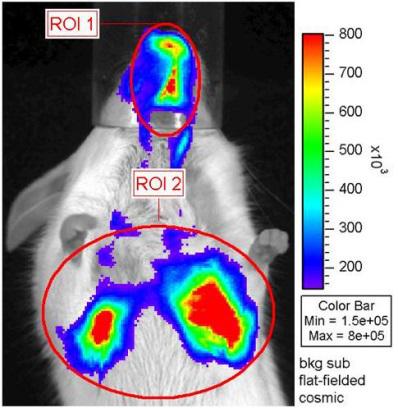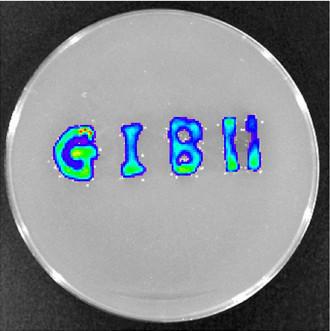Research team of SKLRD led by Chen Ling has developed traceable influenza virus as new model for research of influenza virus
2015-06-191287According to the estimation of WHO, each year the seasonal influenza may infect 3 to 5 million patients worldwide, and claim 250,000-500,000 lives, which often occurs among the high risk groups. Besides, avian influenza viruses such as H5N1 and H7N9 can cross species barriers to infect the humankind and seriously threaten the human’s health and social stability. Therefore, innovative technology and research means are urgently needed in hunting for effective preventive and control methods against influenza viruses.

On this issue, the research team of the Laboratory led by Chen Ling has taken the initiative internationally to develop recombinant influenza virus IAV-luc carrying luciferase. The research fruit has been published in the academic journal “Nature Communications” (Nature Communications 2013;4:2369).

Researchers of the Laboratory such as Dr. Pan Weiqi and graduate Dong Zhenyuan, guided by research fellow Chen Ling, executive deputy director of the Laboratory, used the reverse genetic system of influenza virus to successfully develop recombinant influenza virus IAV-luc carrying luciferase. The researchers may use a special imaging instrument to gain a real-time information of virus infection through detecting the lung luminescence in a live animal, thus maintaining a continuous and real-time dynamic monitoring on the virus infection within the body of the same animal, which boasts the advantages such as simple operation, direct results and high flexibility. The “fluorescent influenza virus” has a prospect of wide application in studying the pathogenesis of influenza virus, evaluation of anti-influenza drugs and the effects of influenza vaccines, and so on.
















